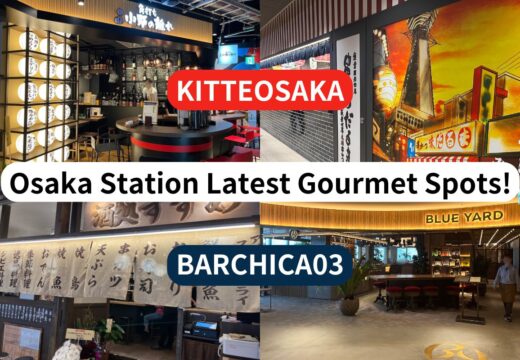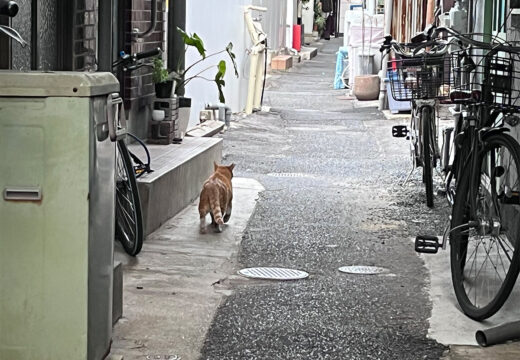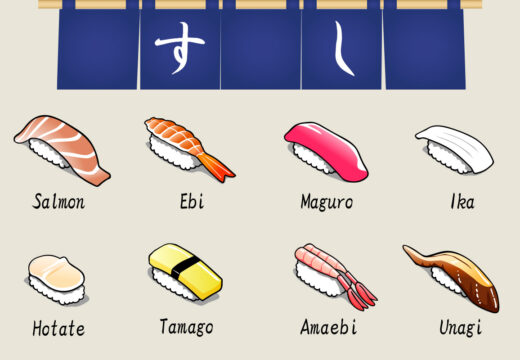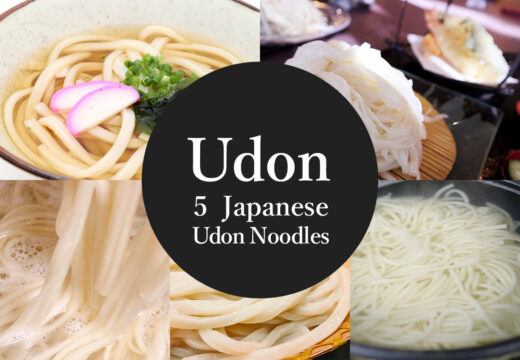I visited a sake brewery in Nara, the birthplace of Seishu (SAKE).
Category: Food&Drink Japanese culture Regions of Japan
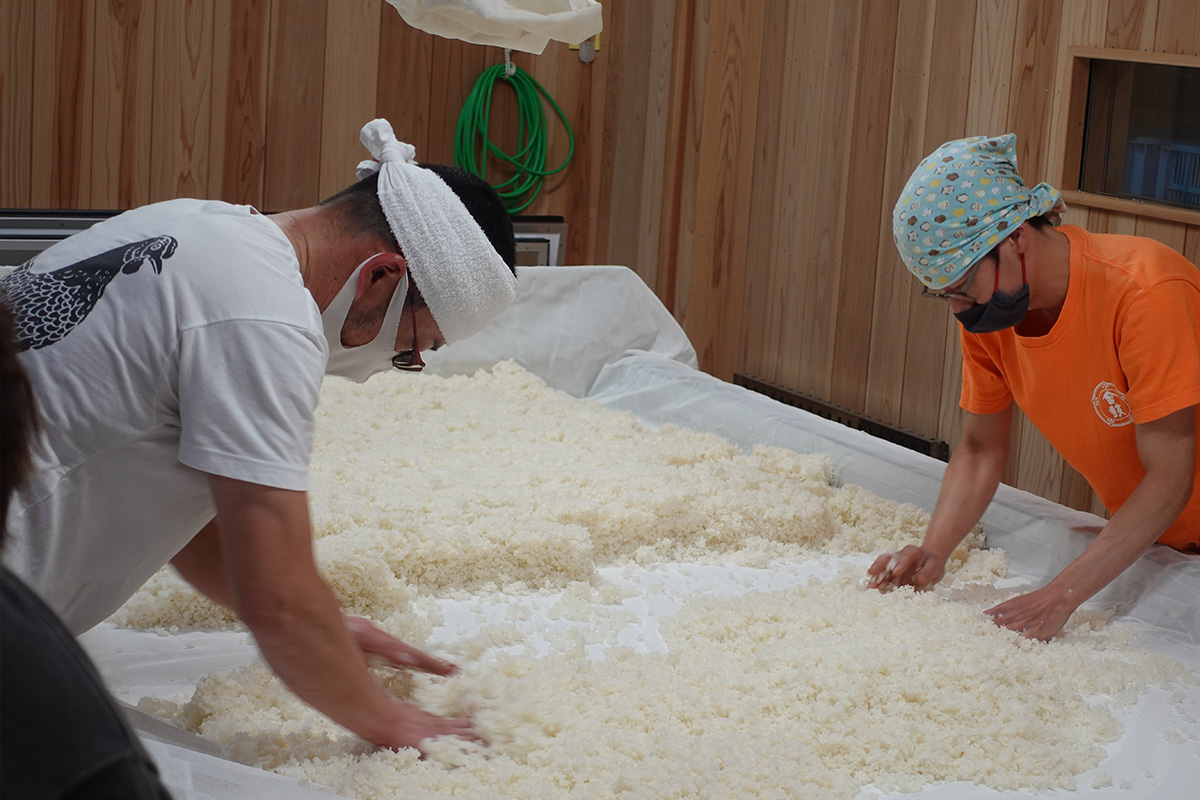
This article is a continuation of “History of NARASAKE- Its location is the birthplace of Seishu.“.
Well, today I visited one of the very old sake breweries in Nara Prefecture, the “Okura Honke”.

*The gate of the Okura Honke sake brewery. The round ball in the upper right corner indicates that new sake has been made.
Real “locally brewed sake” made with home-grown rice
Seishu (SAKE) was born in Nara Prefecture in the 15th century. However, surprisingly few sake breweries make SAKE using rice from Nara Prefecture.
Okura Honke grows its own rice for sake brewing.
It is a variety called Hinohikari(ひのひかり(陽之光)).
In Japan, there is a saying “Jizake(地酒)”.
Ji(地) means local, so it means locally made sake.
However, there are really only a few sake breweries that even grow their own rice.
Okura Honke believes that true “locally brewed sake” is the result of doing everything from rice cultivation to sake brewing with one’s own hands.
The Okura head brewer showed us the process of making his special sake.
Rice harvesting and milling
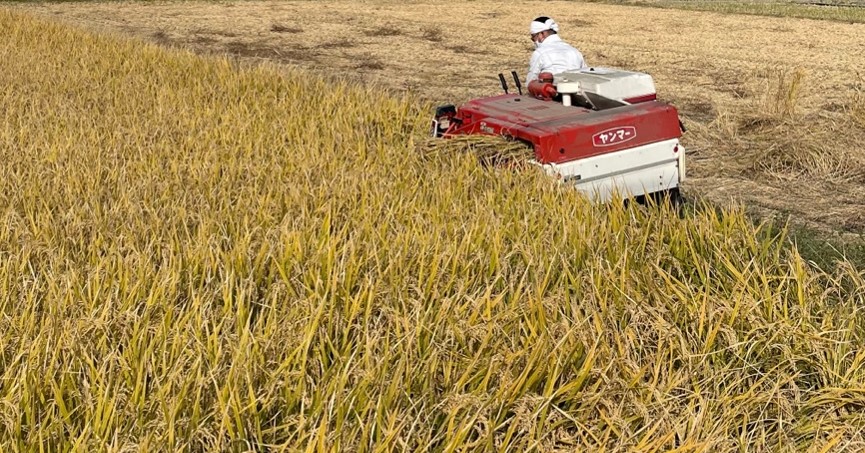
First is the rice harvest, which takes place between September and October, but this time they left it until November 2 to accommodate our visit.
Once harvested, the rice is milled.
The rice we eat is polished to about 90%, but the raw material for ordinary sake is polished to about 70%.
Depending on the type, they polish up to about 35%. So more than half is shaved off.
Rice washing and steaming
After the rice is washed, it is steamed.
The rice is steamed for 50 minutes using a kettle in a wooden vat.
The steaming of the rice takes place at 5:00 a.m. and was filled with roaring sounds and high heat.
I had not eaten breakfast, and the aroma of steamed rice smelled so good to me. It made me hungry.
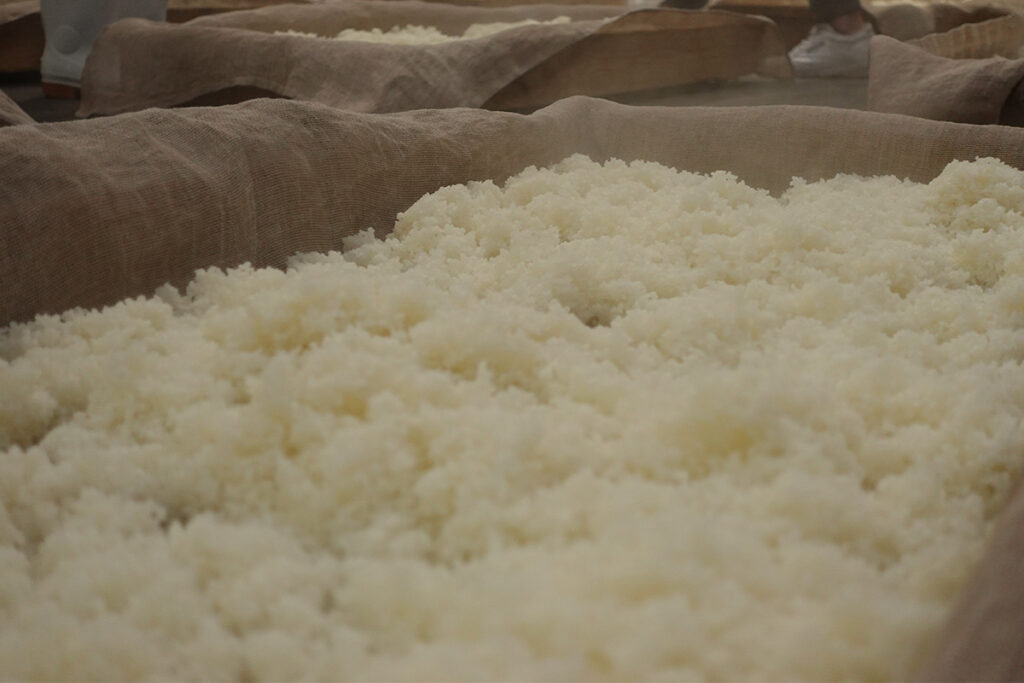
blend malted rice with malted rice
The steamed rice is sprinkled with koji mold for two days to blend.
To keep the koji active, the room is kept at a constant temperature of 30 degrees Celsius.
Koji breaks down starch into sugars and proteins into amino acids. The sweetness and flavor of sake is due to the action of koji.
After the rice is finished brewing in this way, it is sold to the market as new sake about two to three months later.
Okura Honke’s sake is here.
Kinko Yamahai pure rice sake
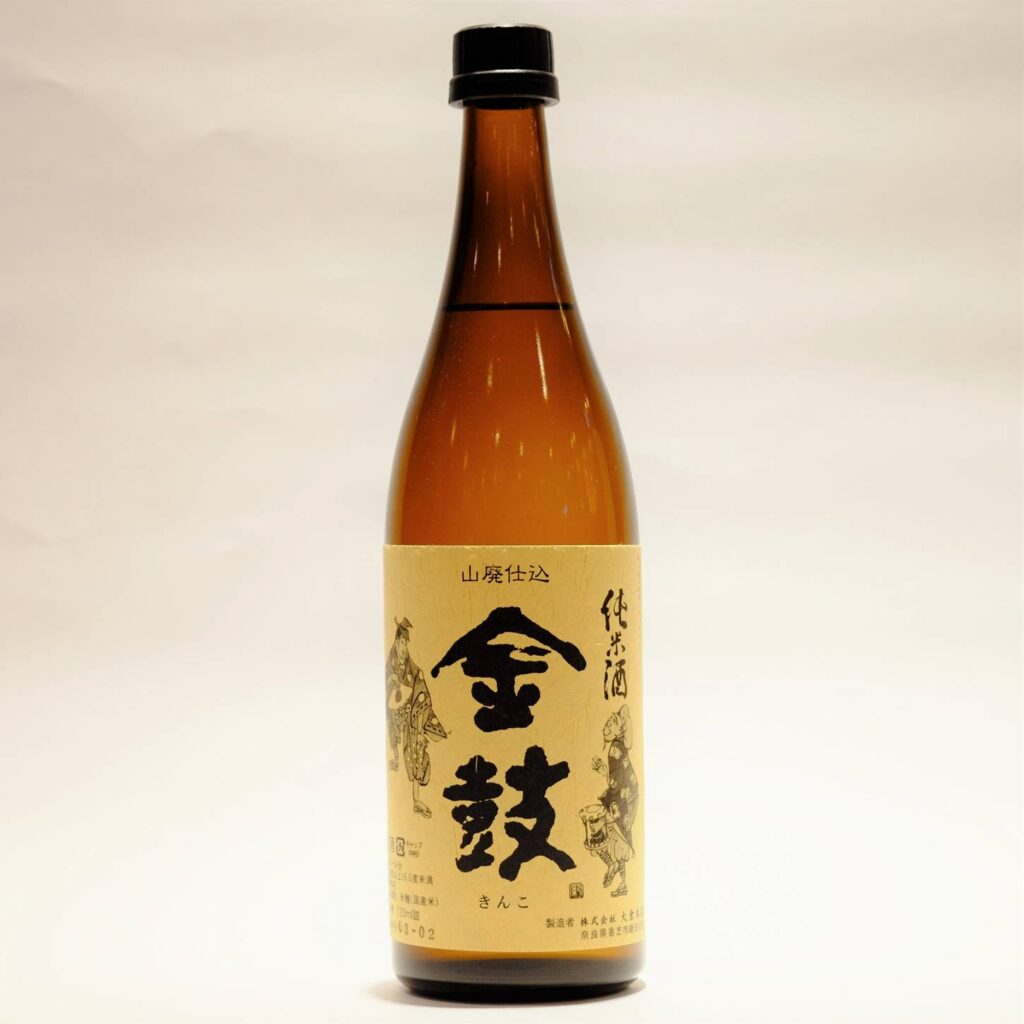
Representative of “Okura Honke”, Kinko’s flagship sake. It is characterized by its soft taste and strong umami.
https://momotaro.hako-bu.net/product/5071
Okura yamahai kouji 4dan
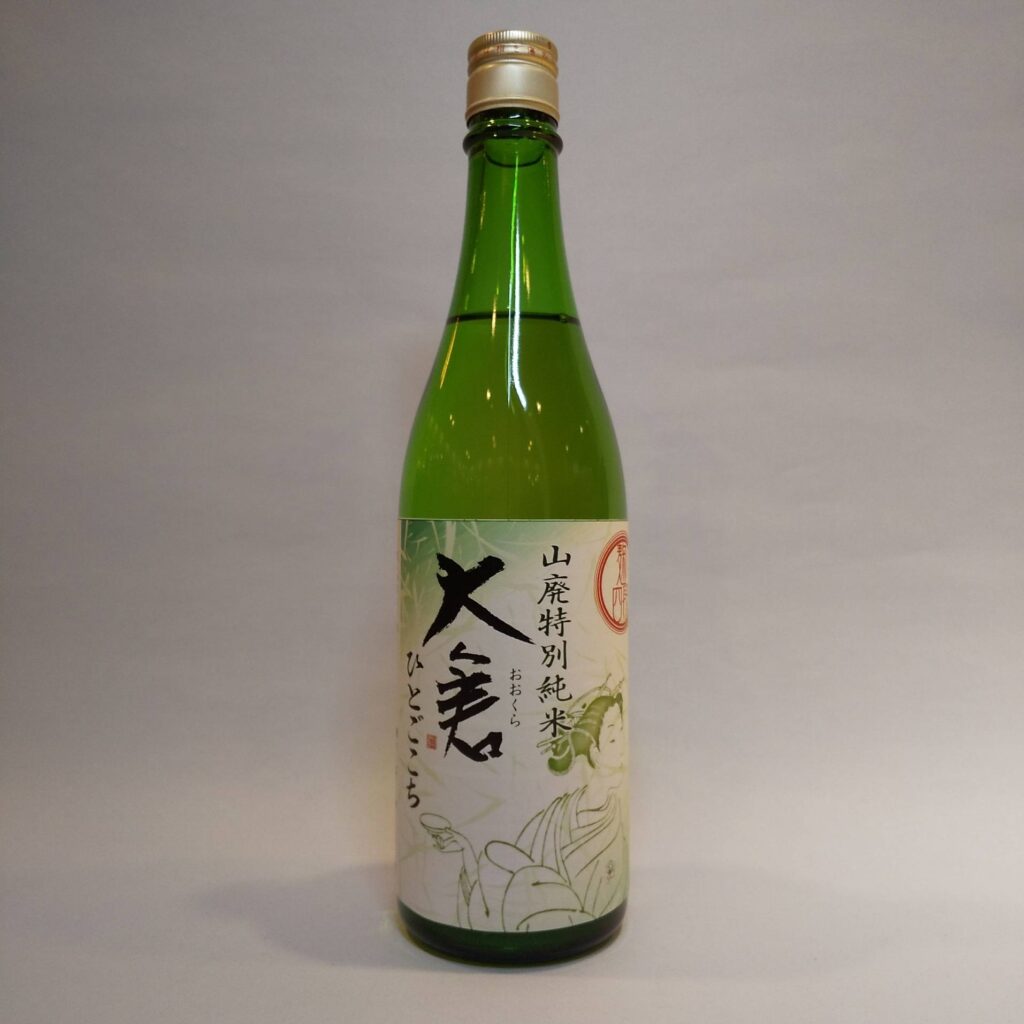
The sweetness of the rice is harmonized with fine acidity.
https://momotaro.hako-bu.net/product/5213
Okura yamahai tokubetu junmai

Popular among Japanese. Sourness comes first, followed by a large amount of umami, making it a representative sake of “Okura Honke”.
https://momotaro.hako-bu.net/product/5216
*The image was borrowed from “Momotaro,” a store selling Nara’s sake.
Aki’s Kodawari Point
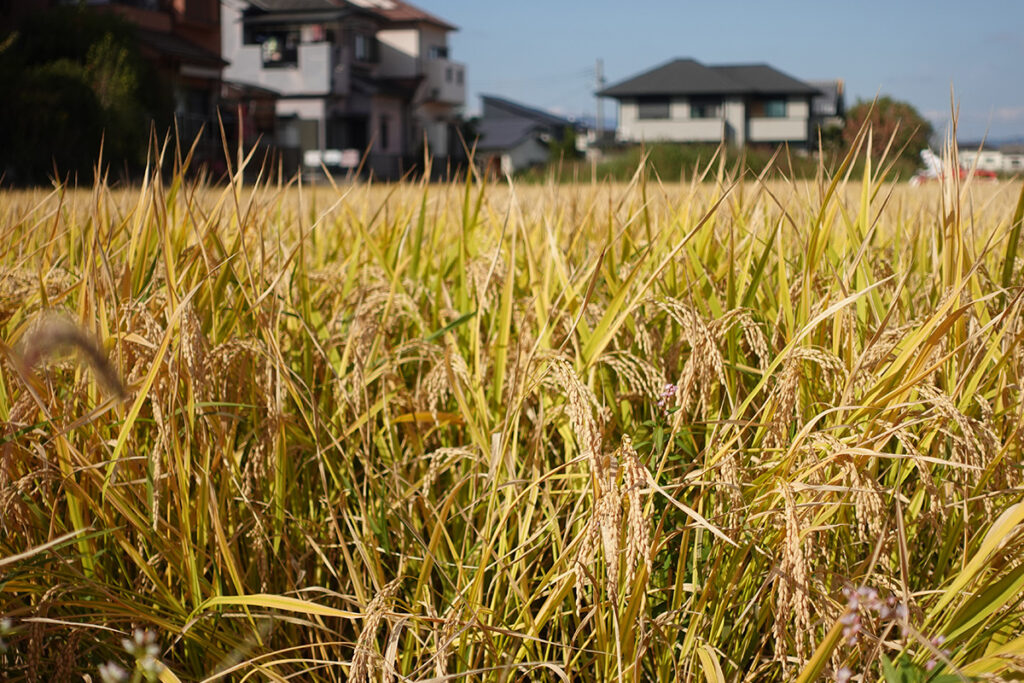
I like sake, but I had never heard of Okura Honke before this. They even grow their own rice, which is something you can’t do unless you really care about sake brewing.
I guess there are many more sake breweries in Japan.



